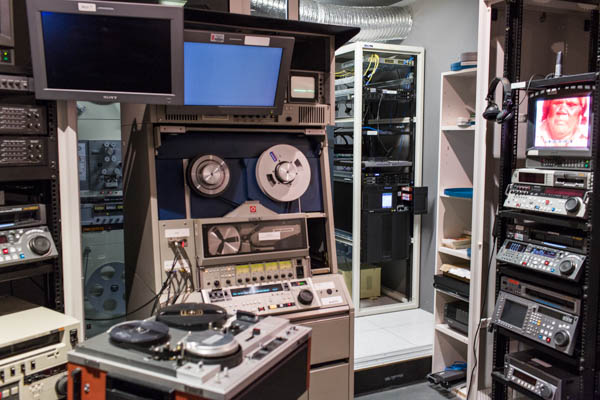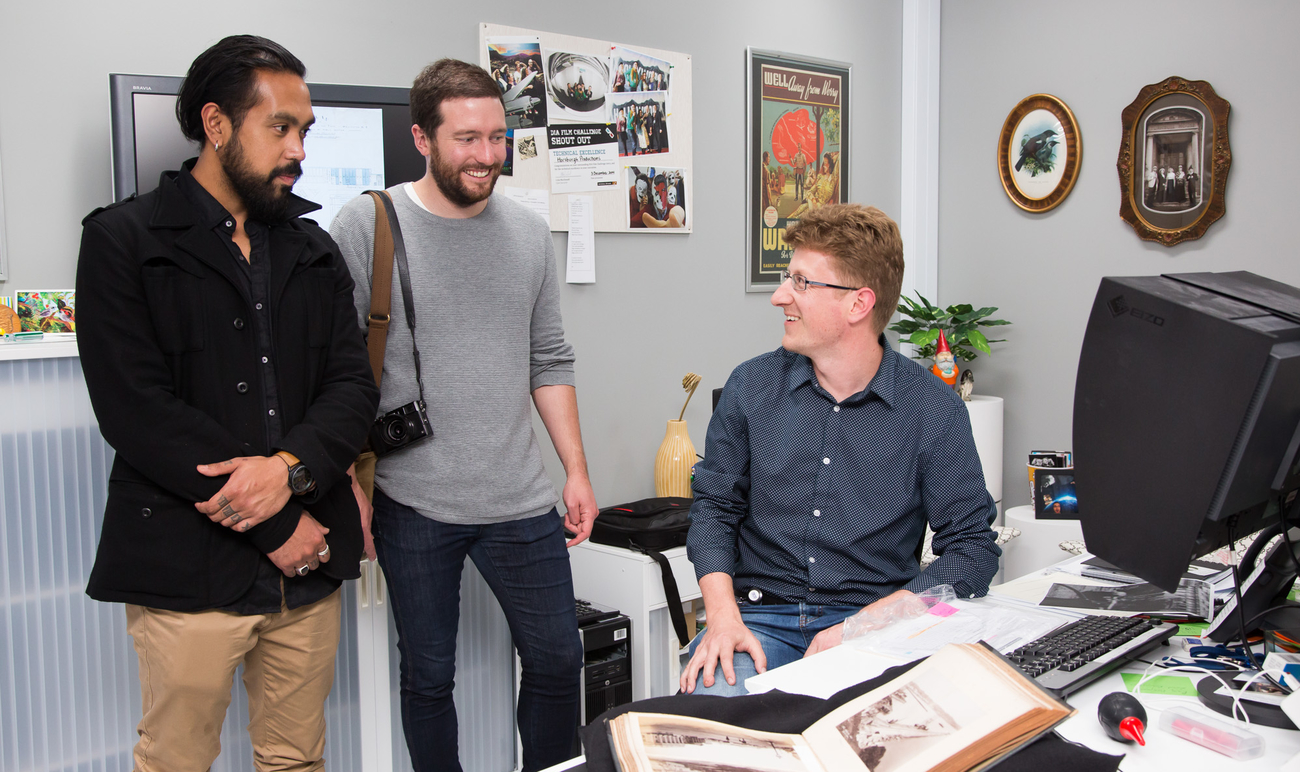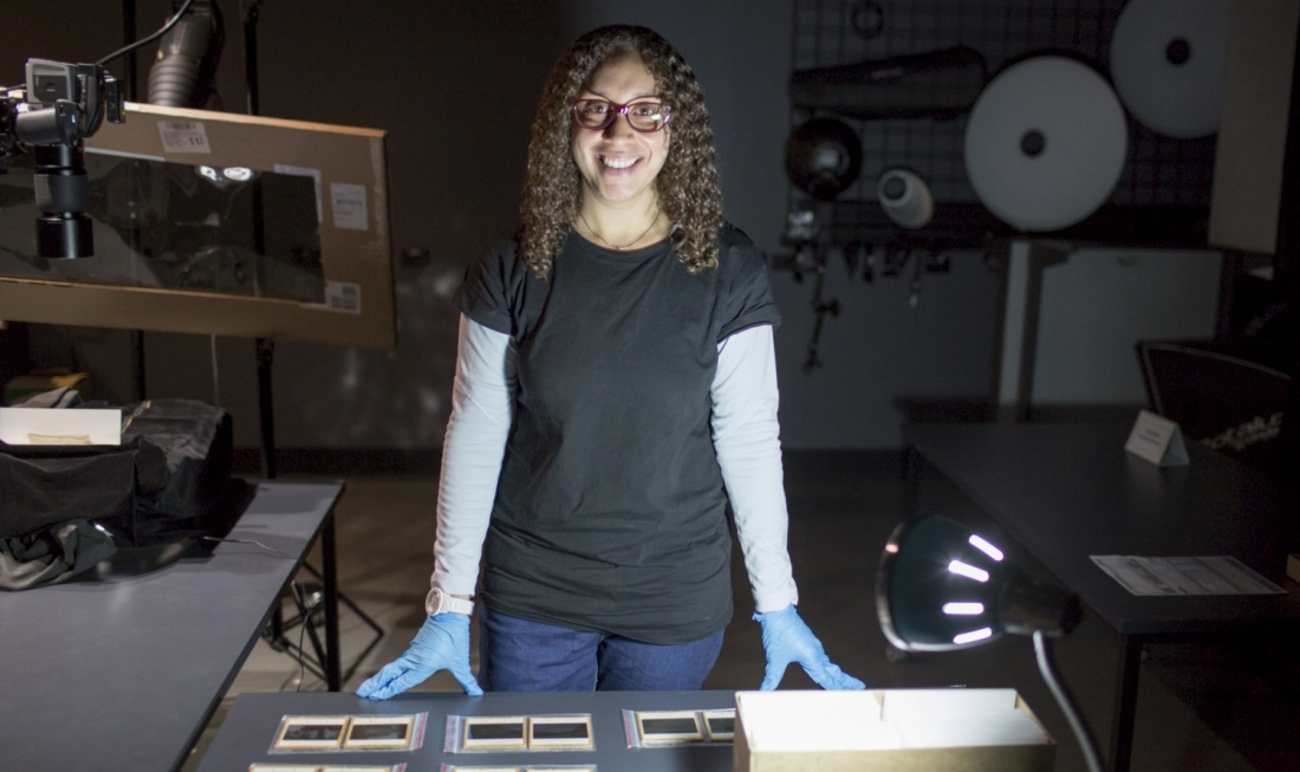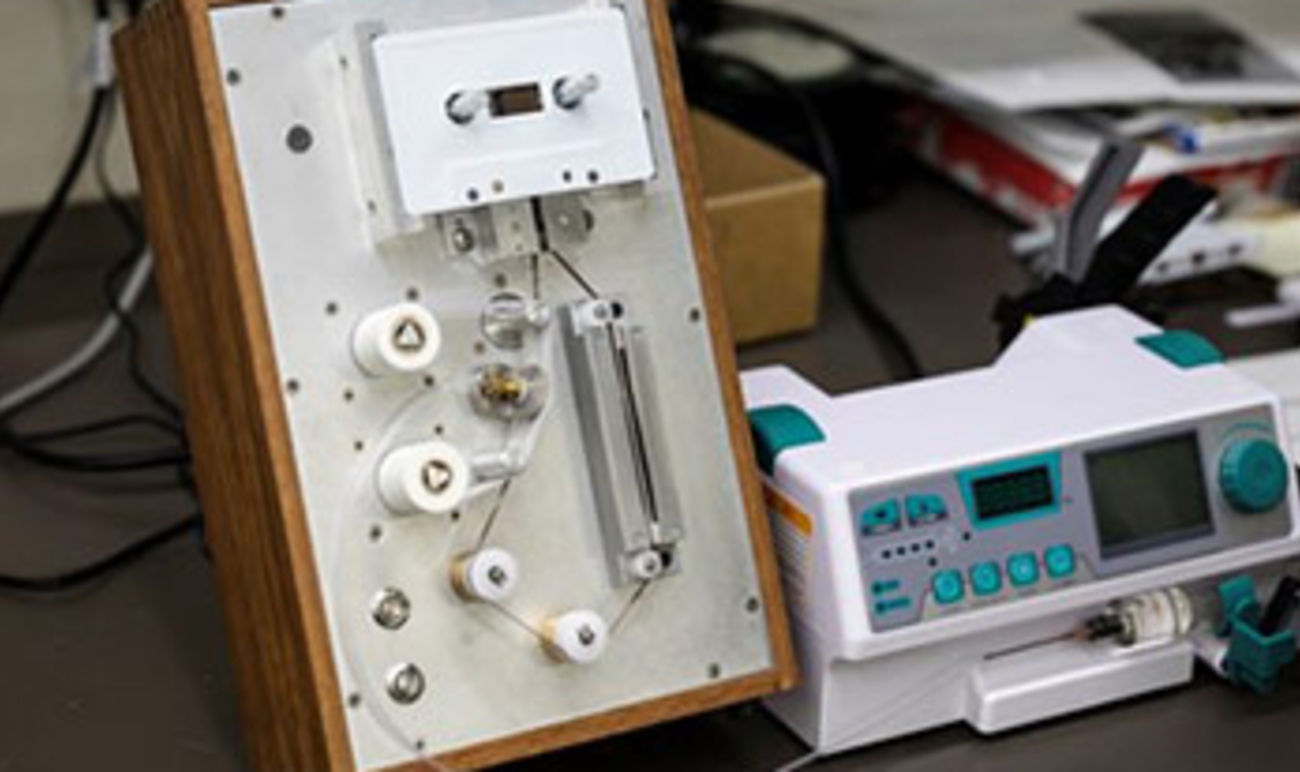Our engineering section archives and maintains the devices and ancillary machines that are needed to play back the sound and vision recorded on the 55,000 hours of video and audio held on magnetic tape in the collection.
Each tape format needs their own specific playback device, and often a particular machine may only play one brand of tape.
We locate and acquire machines and equipment from online auctions, depositors and decommissioned audiovisual suites from as far afield as Korea, Canada or Germany. Some machines work, some almost work, some are bought only for spare parts, and some are used to calibrate others. However as time passes, there are fewer machines around and their rarity is driving up the cost.
There is uniform agreement among audiovisual archives locally and internationally that the possibility of playback and digitisation of the majority of magnetic tape based media will not be possible beyond 2025. This will be caused by a combination of the deterioration of the media, the lack of functioning playback devices and those skilled in the maintenance of the equipment leaving the workforce.
Playback device maintenance can be a significant and hidden challenge. As an example, the use of plastic parts simplified manufacturing and reduced the cost of playback devices, but those plastic parts have become very brittle, and when they break, replacements are mostly unavailable. Fortunately, one of our engineers has the skills to mill and cut new cogs and gears from brass, and this has successfully extended the operating life for those particular playback devices.
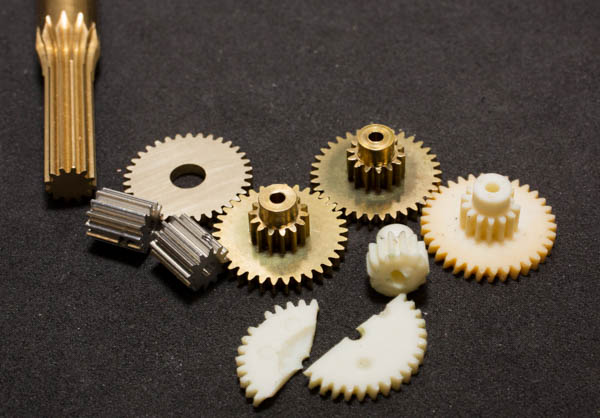
Plastic parts from playback devices can become brittle due to their age and replacement parts are often unavailable. AIATSIS has the capability to machine new and improved parts.
Plastic parts from playback devices can become brittle due to their age and replacement parts are often unavailable. AIATSIS has the capability to machine new and improved parts.
As a result of creating a simple replacement gear, recordings of Indigenous languages and songs on audio cassettes can still be played, digitised and provided to communities. This and many similar examples are common place in AIATSIS and Australia's other audiovisual and cultural heritage institutions.
Saturday October 27 is UNESCO World Day for AudioVisual Heritage which raises awareness of the urgent need to continue preserving our AV cultural heritage before it's too late.
